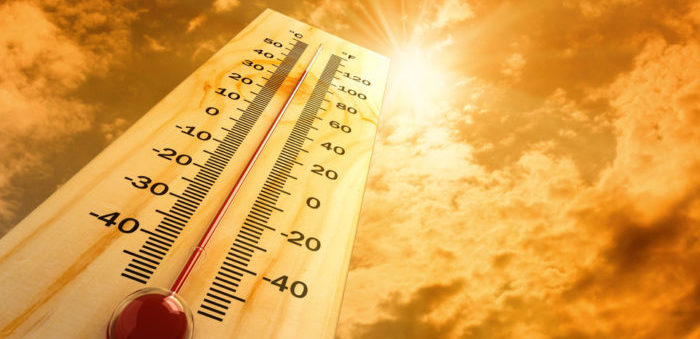The heat wave that has been affecting the Russian Arctic for months now reached a record in Verkhoyansk, Russia—north of the Arctic Circle—of 100.4°F on June 20, the official first day of summer in the Northern Hemisphere.
The temperature marks the rapidly and continuous warming of the planet and shows that the warming in Arctic will continue.
According to National Geographic “Saturday’s record wasn’t just a quick spike before a return to more normal summer temperatures for the Russian Arctic: The heat wave behind it is projected to continue for at least another week. It was the hottest temperature ever recorded in the town, where records have been kept since 1885.”
Climate change plays a crucial role in Arctic’s environment which results to extreme temperatures like the one recorded this time. The Arctic is warming more than twice as fast as the rest of the planet: Baseline warmth in the high Arctic has increased by between 3.6 to 5.4°F(2 to 3°C) over the past hundred or so years. About 0.75°C of that has occurred in the last decade alone.
Concerning Arctic and ways to protect the environment, the International Maritime Organization (IMO) in a recent discussion expressed its aim to ensure safety in shipping operations in the area and that the regulatory framework protects crewmembers and passengers, while minimize the impacts of the shipping activity on the fragile polar environment.

































































